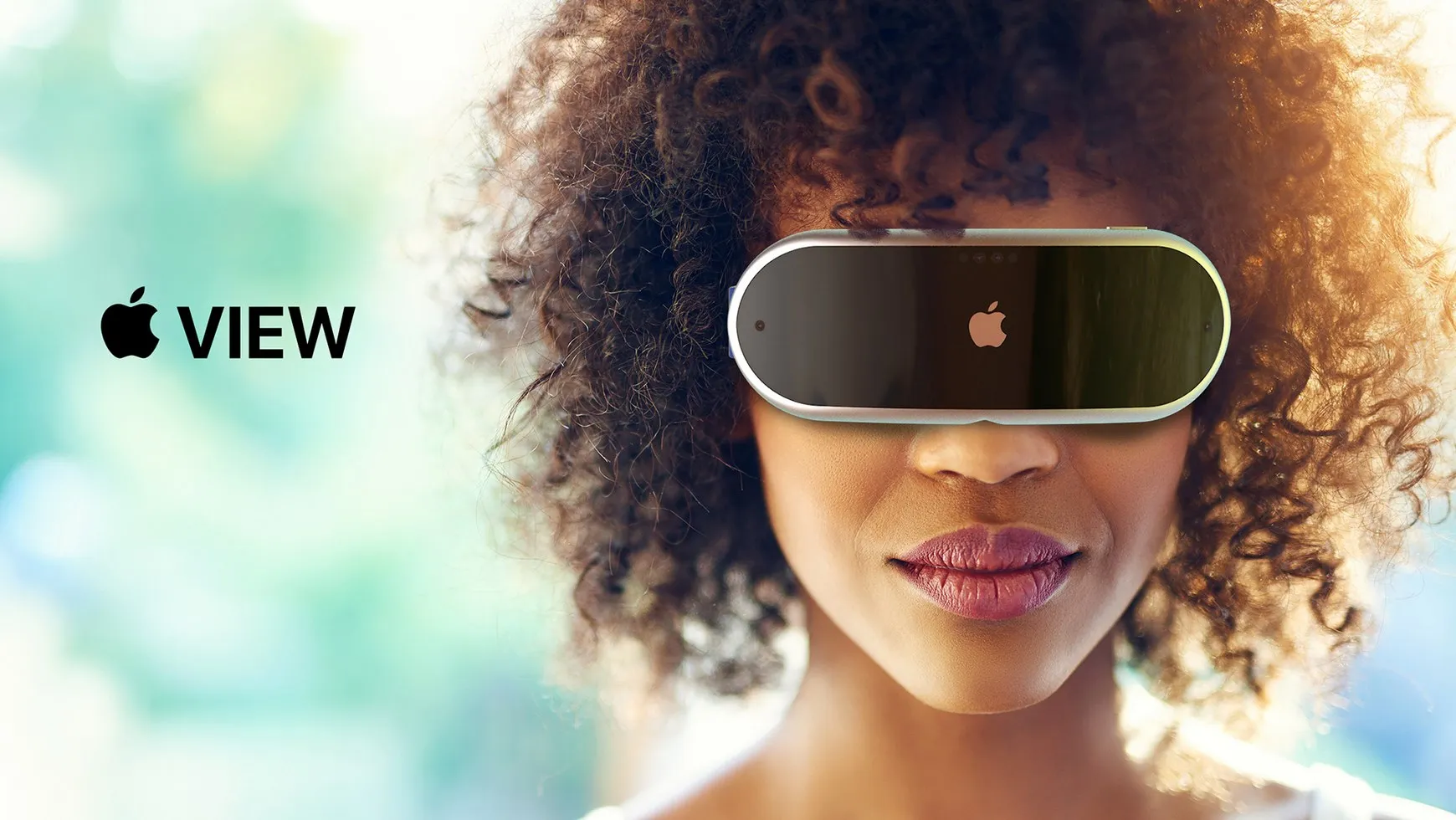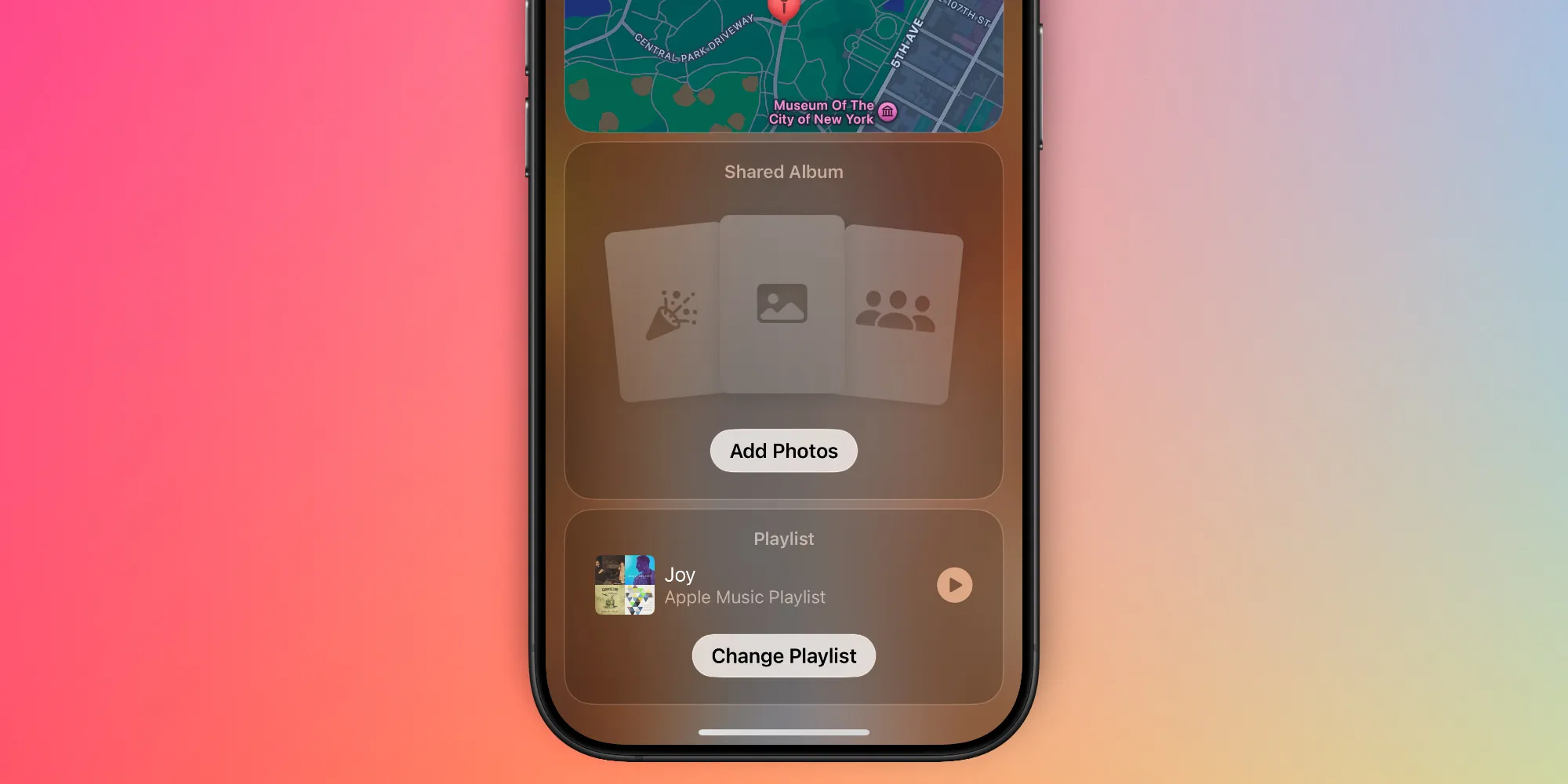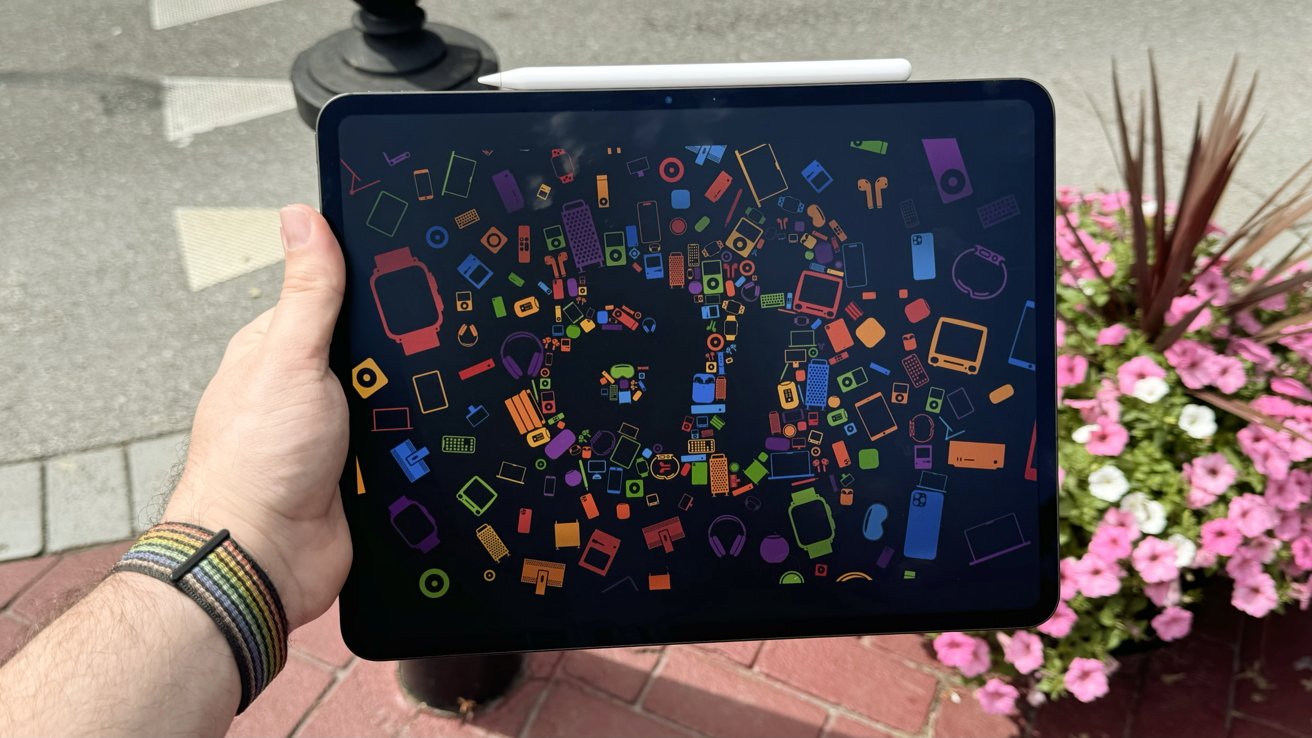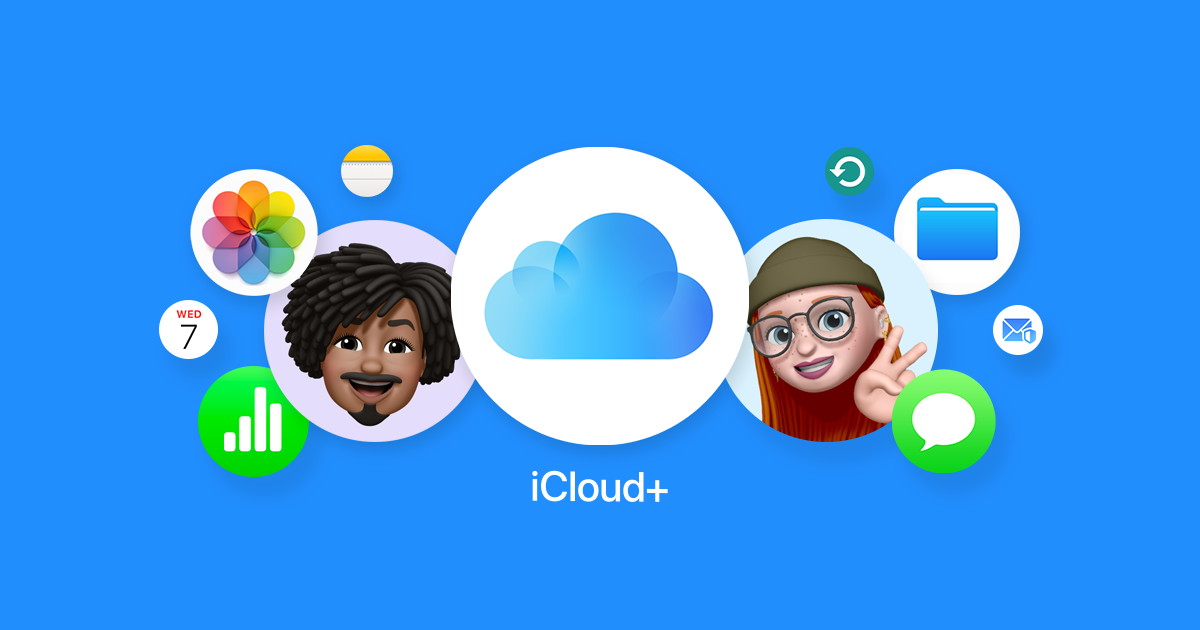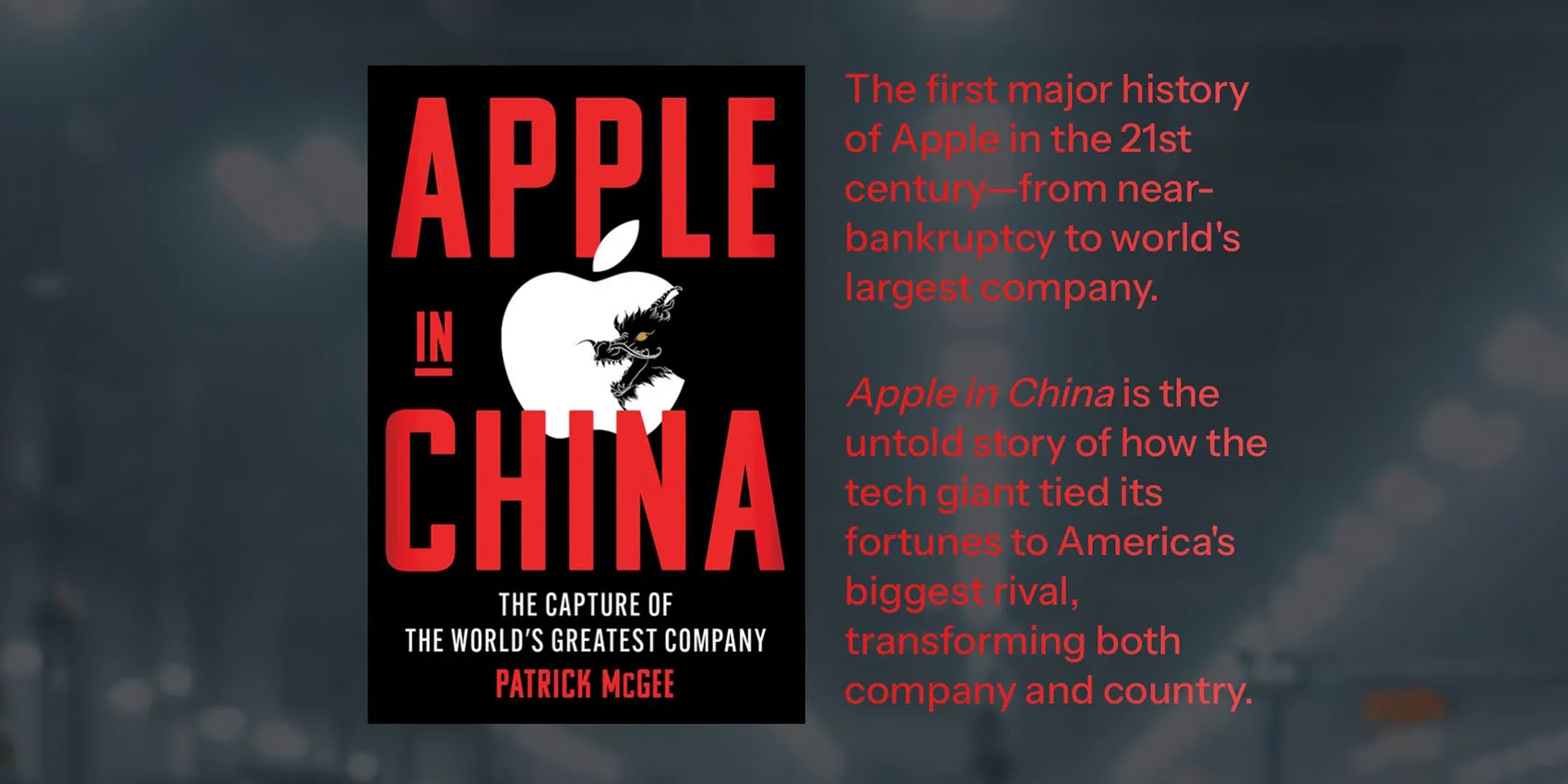Apple products in the United States might soon cost more because President Trump has put a 10% tax on imports from China. Even though Apple has been trying to spread out where it gets its parts, most of its gadgets are still made in China.
Back when Trump was president before, he also put taxes on many things coming from China. Apple managed to get some exemptions, but this new rule seems to apply to everything from China.
The Chip Tariff That Never Happened
Trump once talked about putting a huge tax on Chinese-made computer chips, but that didn’t happen. This was good news for Apple since their products use these chips but aren’t chips themselves. People pointed out this would hurt American companies making electronics in the US with parts from China, so the plan was dropped.
New Tariffs on Everything
Later, Trump threatened to tax all products from Canada, Mexico, and China. He wanted a 25% tax on items from Canada and Mexico and 10% on Chinese goods. Canada and Mexico promised to tighten border security and fight drug trafficking to avoid these taxes, while also warning they might tax US goods in return.
Trump decided to wait 30 days before starting the tax on Canada and Mexico, but the Chinese tax began right away. China responded by taxing American products and looking into possible antitrust issues with companies like Apple and Google.
Impact on Apple
Now, Apple has to pay an extra 10% on everything it brings in from China. This could mean higher prices for consumers or lower profits for Apple if they decide to cover the cost themselves.
What Apple Might Do
While some companies might increase prices, it’s unclear what Apple will do. They’ve done both in the past – raised prices and cut profits. With Trump’s decisions changing often, Apple might wait to see if these tariffs stick around before deciding.
In summary, Trump’s tariff policies could lead to pricier Apple products. How Apple responds will depend on how long these taxes last and how they affect the market.


